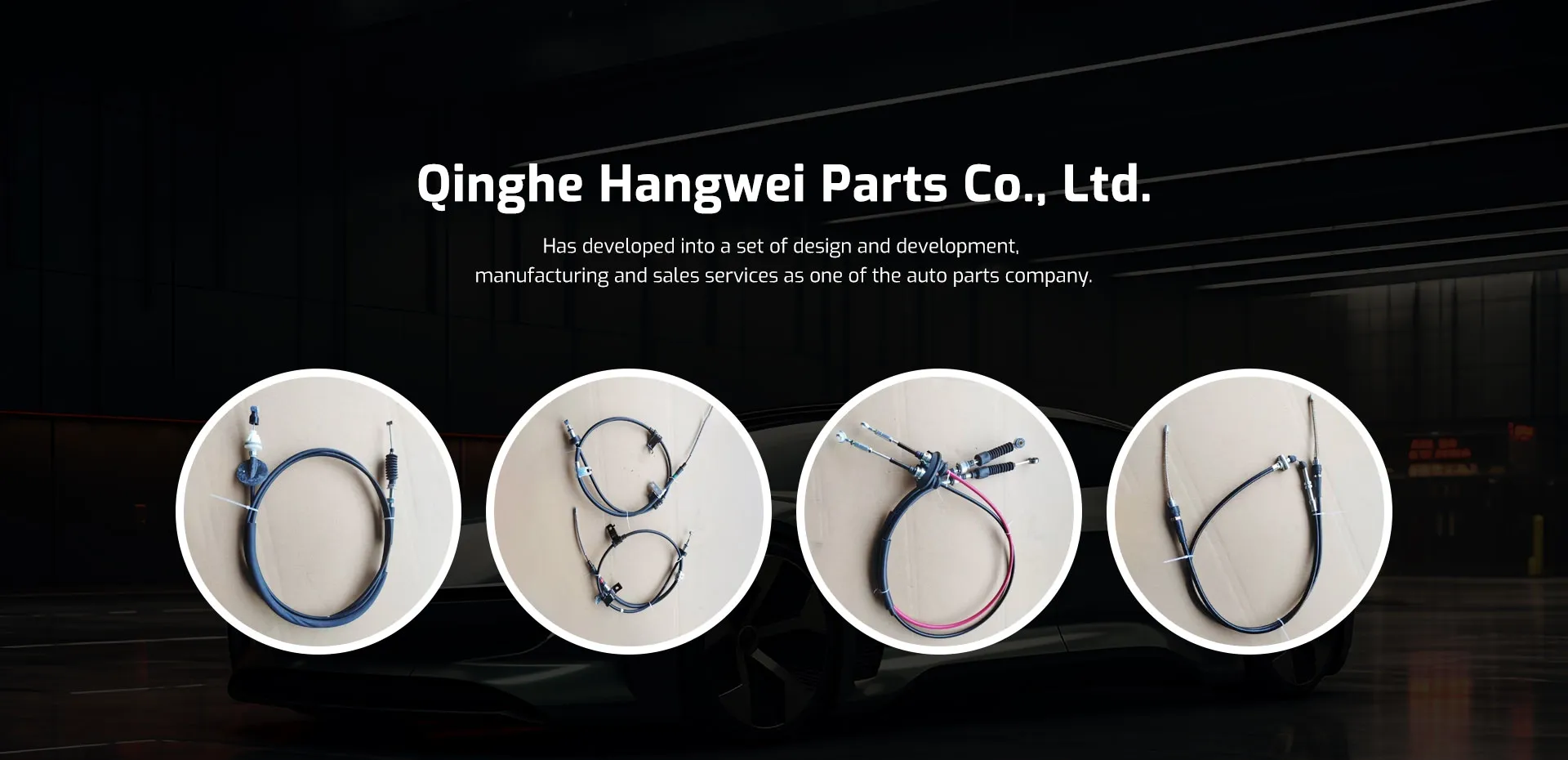Understanding the Functionality of the Gas Pedal Cable in Vehicles
The Importance of the Gas Pedal Cable in Automotive Performance
In the intricate world of automotive engineering, every component plays a crucial role in the overall performance and safety of a vehicle. One often overlooked but essential part is the gas pedal cable. This humble component, responsible for connecting the accelerator pedal to the engine's throttle, significantly influences how a car responds to driver inputs. Understanding its function, maintenance, and the potential issues that can arise is vital for any car owner or enthusiast.
The gas pedal cable is typically made from durable materials designed to withstand the stresses of daily driving. Its primary function is to transmit the movement of the accelerator pedal to the throttle body, allowing the engine to increase or reduce power in response to the driver’s inputs. When you press the gas pedal, the cable pulls on the throttle plate, opening it and allowing more air (and fuel) into the engine. This process is essential for acceleration and overall vehicle performance.
One of the most significant benefits of a properly functioning gas pedal cable is the smoothness of acceleration it provides. A well-maintained cable ensures that the driver experiences a direct and responsive connection between their foot and the engine’s output. This responsiveness not only enhances driving pleasure but also improves the safety of the vehicle. A delayed response due to a frayed or damaged cable can lead to dangerous situations, especially in high-speed scenarios or when quick acceleration is needed to avoid an obstacle.
However, like any mechanical component, the gas pedal cable can wear out over time. Factors such as exposure to heat, moisture, and the repetitive motion of daily use can cause the cable to fray or become sticky. When this occurs, drivers may notice symptoms such as a delayed throttle response, difficulty pressing the accelerator, or even complete cable failure, which can leave the vehicle inoperable. Regular maintenance checks can help identify beginning signs of wear, allowing for timely replacement before more severe issues arise.
gas pedal cable

When it comes to maintenance, it’s essential to keep the gas pedal cable clean and lubricated. Over time, dirt and grime can accumulate, causing friction and hindering smooth operation. Simple cleaning with appropriate solvents and application of lubricant can significantly extend the life of the cable. Additionally, inspecting for kinks, frays, or other damages should be a routine part of vehicle maintenance.
In the case that replacement is necessary, many aftermarket options are available, allowing vehicle owners to upgrade to performance cables that can enhance throttle response. Upgraded cables often provide less elasticity and more direct connection, contributing to improved acceleration and overall control of the vehicle.
Moreover, with advancements in technology, newer vehicles increasingly utilize electronic throttle control systems, eliminating traditional cables in favor of electronic signals. However, for many older models, understanding and maintaining the gas pedal cable remains crucial for optimal performance.
In conclusion, while the gas pedal cable may seem like a minor component in the grand scheme of a vehicle’s design, its impact on performance and safety is anything but trivial. Proper maintenance, awareness of symptoms of wear, and timely replacement are vital for ensuring that a car operates smoothly and responsively. Whether you are a casual driver or a dedicated automotive enthusiast, keeping an eye on this integral part can lead to a safer and more enjoyable driving experience.
-
Workings of Clutch Pipe and Hose SystemsNewsJun.04,2025
-
The Inner Workings of Hand Brake Cable SystemsNewsJun.04,2025
-
The Secrets of Throttle and Accelerator CablesNewsJun.04,2025
-
The Hidden Lifeline of Your Transmission Gear Shift CablesNewsJun.04,2025
-
Demystifying Gear Cables and Shift LinkagesNewsJun.04,2025
-
Decoding Clutch Line Systems A Comprehensive GuideNewsJun.04,2025
